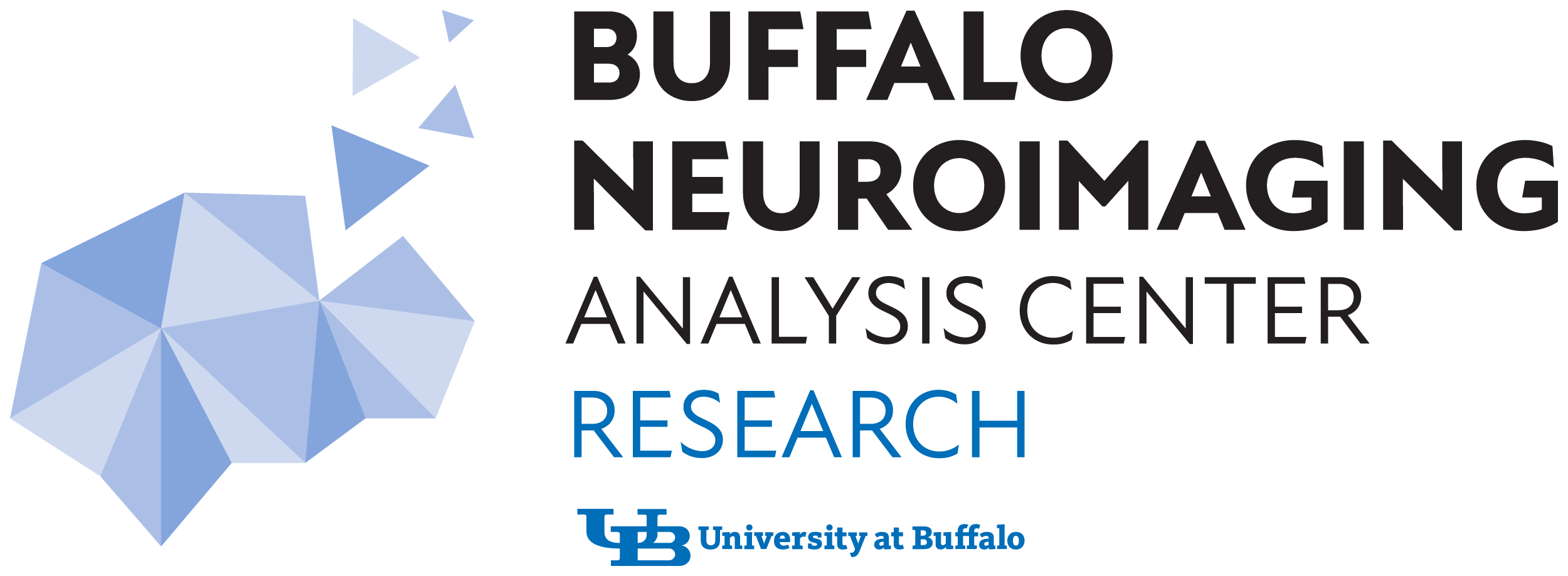Iron is involved in many key central nervous system pathways, and may play an important role in diseases and disorders, including MS. The Buffalo Neuroimaging Analysis Center (BNAC) is a dedicated research center that is a world leader in measuring iron content through non-invasive MRI techniques. BNAC has published numerous peer-reviewed articles on iron imaging in MS and other neurological disorders, and our work was one of the first in the field to emphasize the role of iron in MS.
BNAC’s Director of Sequence Development, Dr. Ferdinand Schweser, is a pioneer in the development of an iron-related MRI-method referred to as quantitative susceptibility mapping (QSM). This method opened the door to measurement of iron concentration in-vivo. During his tenure in BNAC, Dr. Schweser performed several important refinements to his initial QSM approach, and introduced methodological improvements that resulted in a number of systematic performance-evaluation studies that revealed critical shortcomings of the existing techniques, and provided an important advancement of the technology that significantly benefited research into MS, Parkinson’s and Alzheimer’s diseases and aging.
In MS, BNAC published a number of studies that revealed that disability progression is linked to declining rather than increasing tissue iron in the thalamus, as was widely believed before Dr. Schweser joined BNAC. Upon closer investigation of these findings, BNAC found that previously reported signal alterations on iron-sensitive MRI may have been driven, at least partially, by pathological effects entirely unrelated to changes in iron homeostasis, such as atrophy of iron-free tissue compartments. This was a breakthrough finding that resulted in several important articles published in most prestigious journals including Radiology, the Journal of Magnetic Resonance Imaging, Neurobiology of Aging, Multiple Sclerosis, the American Journal of Neuroradiology, and Neuroimage. BNAC also created a novel iron metric –iron mass – which was recently published in Human Brain Mapping.
Beyond MS, BNAC has extended the use of Dr. Schweser’s QSM techniques to collaboration with other universities and industry partners, including projects in neuromyelitis optica spectrum disorders (NMOSD), microhemorrhages, traumatic brain injury, Parkinson’s, and Alzheimer’s disease. We also demonstrated that artifacts on QSM are related to a simplistic underlying biophysical model used in current algorithms and introduced a more realistic model, which improved quantification accuracy substantially. This improved technique was tested in a rat model of mild traumatic brain injury and revealed the detection of subclinical tissue damage related to calcium influx, which had only been shown previously in post mortem studies.
For more information about iron imaging endpoints, click here.
FEATURED RECENT IRON IMAGING STUDIES
- Salman F, Bergsland N, Dwyer MGD, Jakimovski D, Ramesh A, Weinstock-Guttman B, Zivadinov R, Schweser F. Thalamic iron in multiple sclerosis: Waning support for the early-rise late-decline hypothesis. Neuroimag Clin 2025 Mar 26;46:103771. doi: 10.1016/j.nicl.2025.103771. [Open Article]
- Reeves JA, Salman F, Dwyer MG, Bergsland N, Muldoon S, Weinstock-Guttman B, Zivadinov R, Schweser F. IRONMAP: Iron network mapping and analysis protocol for detecting over-time brain iron abnormalities in neurological disease. ArXiv [Preprint]. 2025 Jan 29:arXiv:2501.17838v1.
- Salman F, Ramesh A, Jochmann T, Prayer M, Adegbemigun A, Reeves JA, Wilding GE, Cho J, Jakimovski D, Bergsland N, Dwyer MG, Zivadinov R, Schweser F. Sensitivity of quantitative susceptibility mapping for clinical research in deep gray matter. Hum Brain Mapp 2025;46(6):e70187. [Open Article]
- Reeves JA, Salman F, Mohebbi M, Bergsland N, Jakimovski D, Weinstock-Guttman B, Zivadinov R, Dwyer MG, Schweser F. Association between paramagnetic rim lesions and pulvinar iron depletion in persons with multiple sclerosis. Mult Scler Rel Dis 2025;93:106187. [Open Article]
- Reeves JA, Bartnik A, Mohebbi M, Ramanathan M, Bergsland N, Jakimovski D, Wilding GE, Salman F,U Schweser F, Weinstock-Guttman B, Hojnacki D, Eckert S, Dwyer MG, Zivadinov R. Determinants of long-term paramagnetic rim lesion evolution in people with multiple sclerosis. Ann Clin Transl Sci 2025;12(2):267-279. [Open Article]
- Reeves JA, Bartnik A, Mohebbi M, Bergsland N, Jakimovski D, Salman F, Schweser F, Weinstock-Guttman B, Dwyer MG, Zivadinov R. Associations between paramagnetic rim lesion evolution and clinical and radiological disease progression in persons with multiple sclerosis. Neurology 2024:103(10):e210004. [Open Article]
Contact Our Team Today
Part of BNAC’s mission is to help share our tools and experience with our colleagues and other industry partners. If you need help with a measurement of brain iron in your research or clinical trial work, please reach out to discuss how we can assist. Our group brings decades of experience and expertise to every collaborative study and service partnership.

